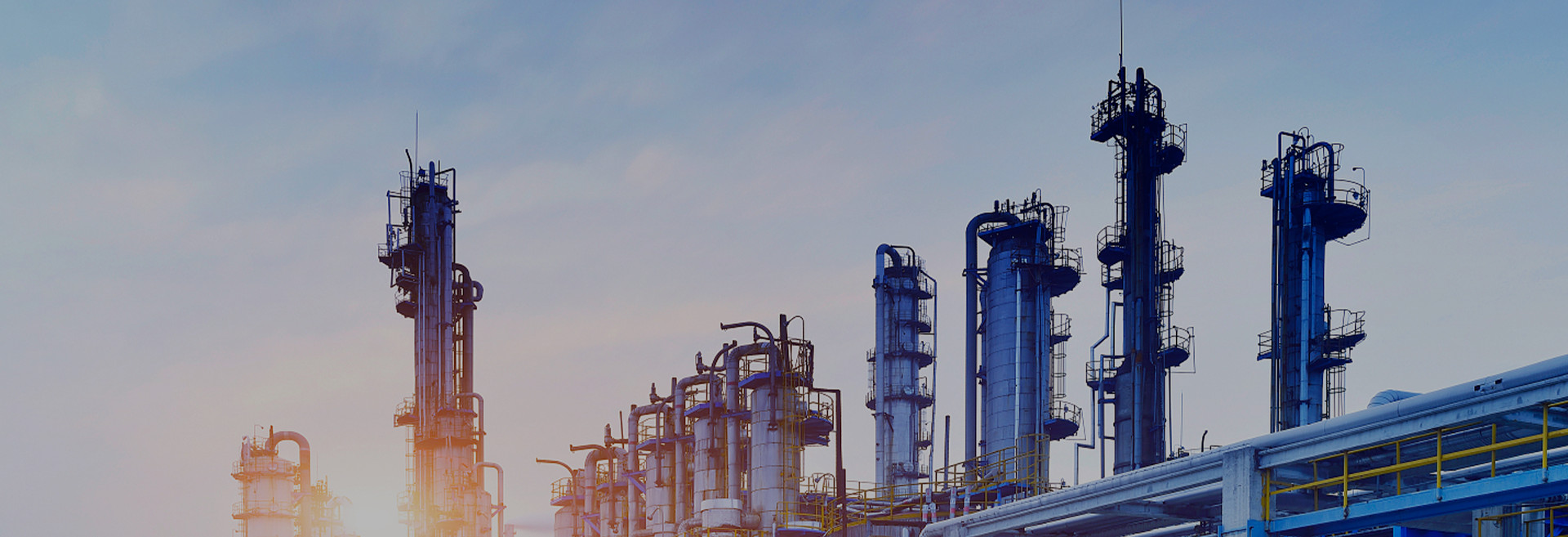Pressurised liquefaction [carbon monoxide is at -19O°C; hydrogen is liquefied at -253°C] so that the carbon monoxide is liquefied while the hydrogen remains in the gaseous state. This is the best way to separate hydrogen from carbon monoxide. Alternatively, Pressure Swing Adsorption (PSA) is used. Pressure Swing Adsorption is a new type of gas adsorption separation technology with the following advantages:
(1) High product purity.
(2) Generally can work at room temperature rather than high pressure, bed regeneration without heating, energy-saving economy.
(3) Simple equipment, easy operation and maintenance.
(4) Continuous cycle operation, can be fully automated.
Therefore, when this new technology was introduced, it attracted the attention of the industry in various countries, competing development and research, rapid development and increasing maturity.
In 1960, Skarstrom proposed PSA patent, he used 5A zeolite molecular sieve as adsorbent, with a two-bed PSA device to separate the oxygen-rich from the air, the process has been improved, and was put into industrial production in the 60s. In the 1970s, breakthroughs were made in the industrial application of variable pressure adsorption technology, which is mainly used in oxygen and nitrogen separation, air drying and purification, and hydrogen purification. Among them, the technical progress of oxygen and nitrogen separation is to combine the new adsorbent carbon molecular sieve with variable pressure adsorption to separate O2 and N2 in air to obtain nitrogen. With the improved performance and quality of the molecular sieve and the continuous improvement of the VA process, the product purity and recovery rate have been continuously improved, which in turn has led to the economic foothold and industrialisation of VA.
Post time: Mar-25-2024

